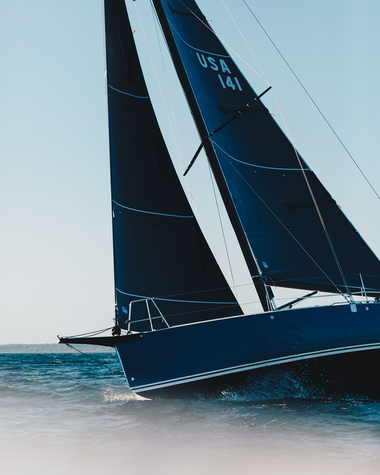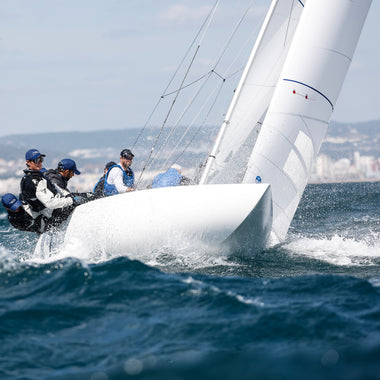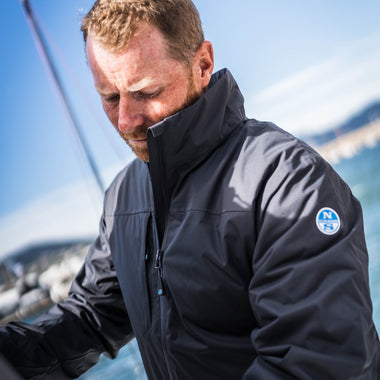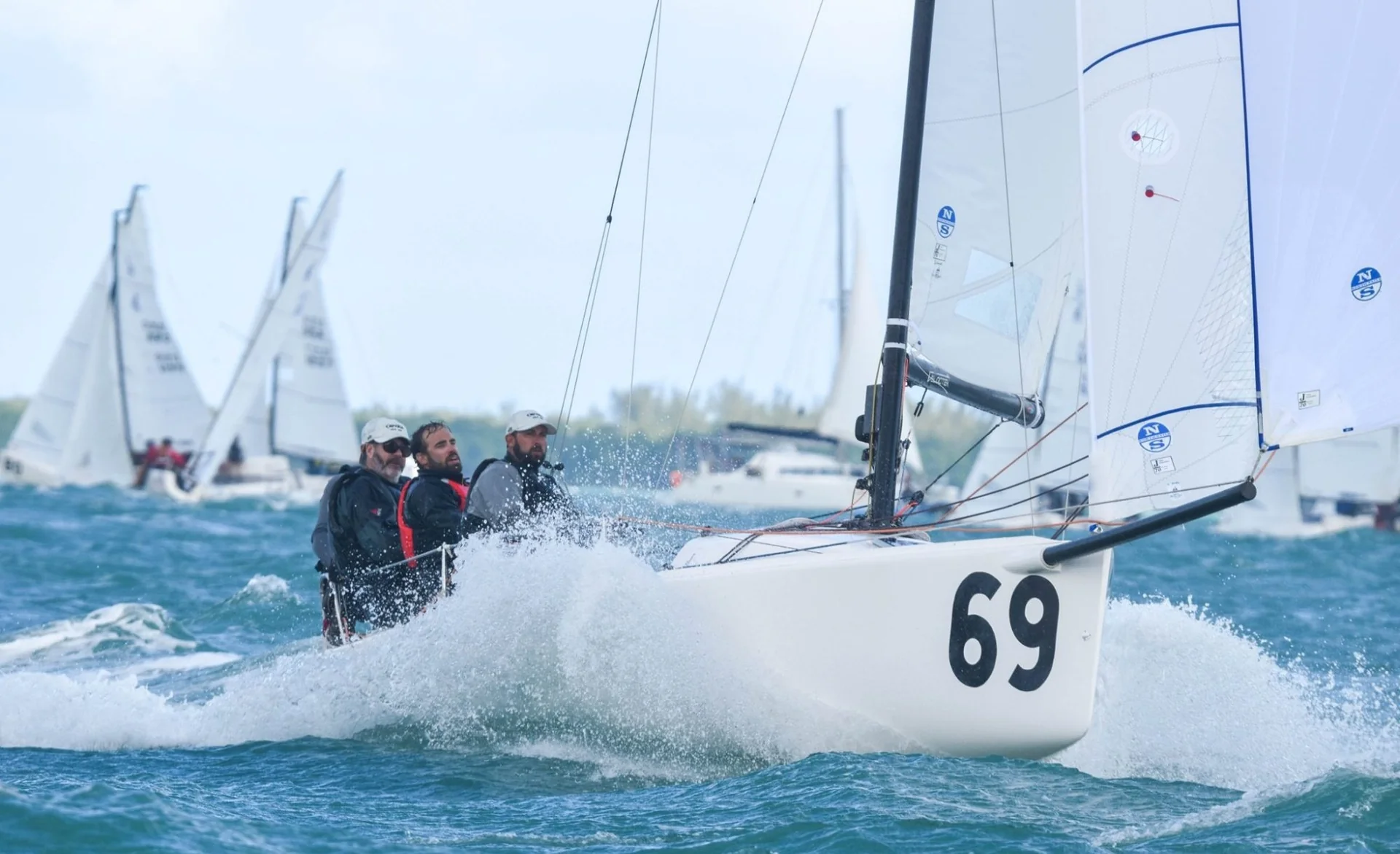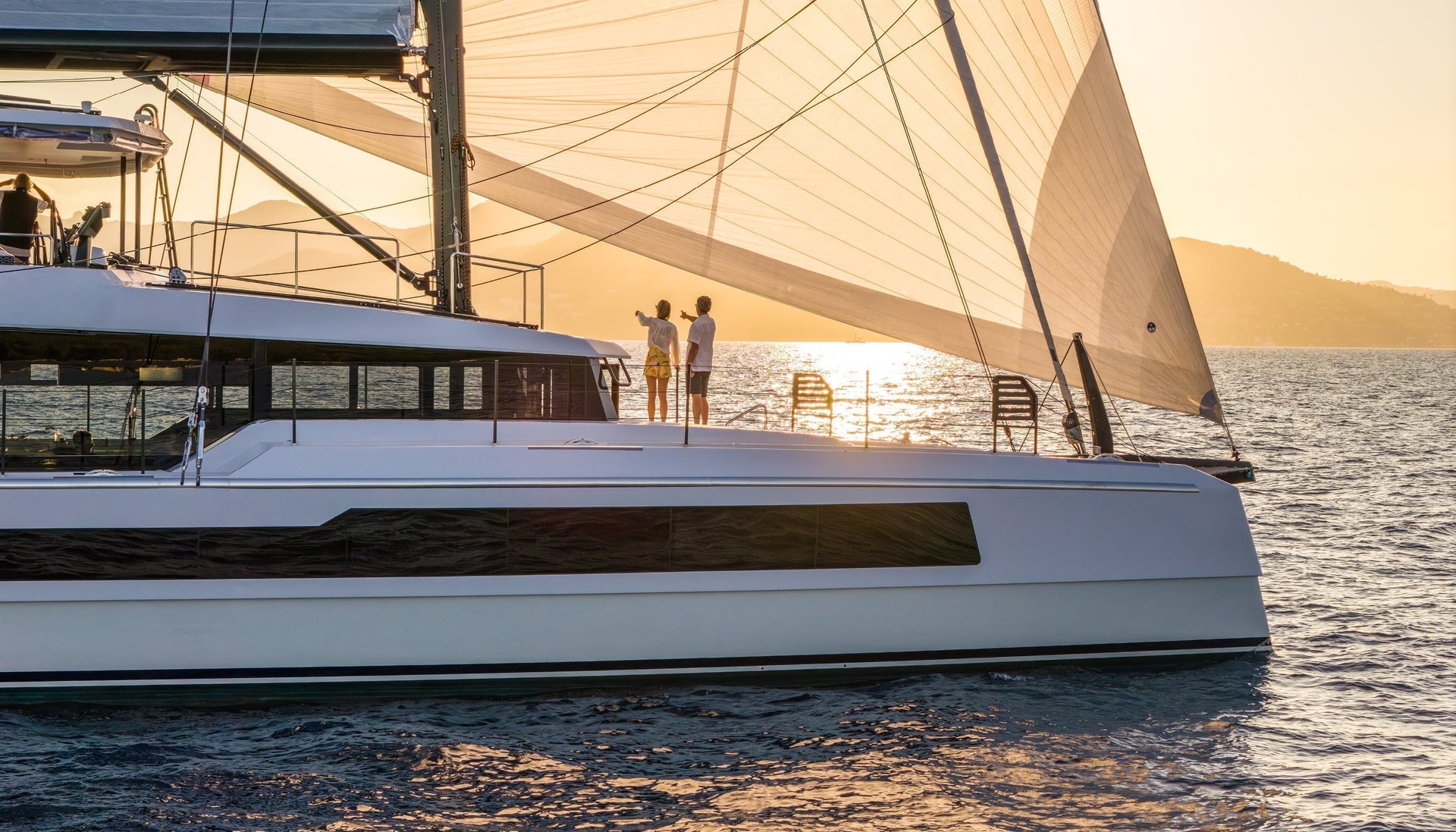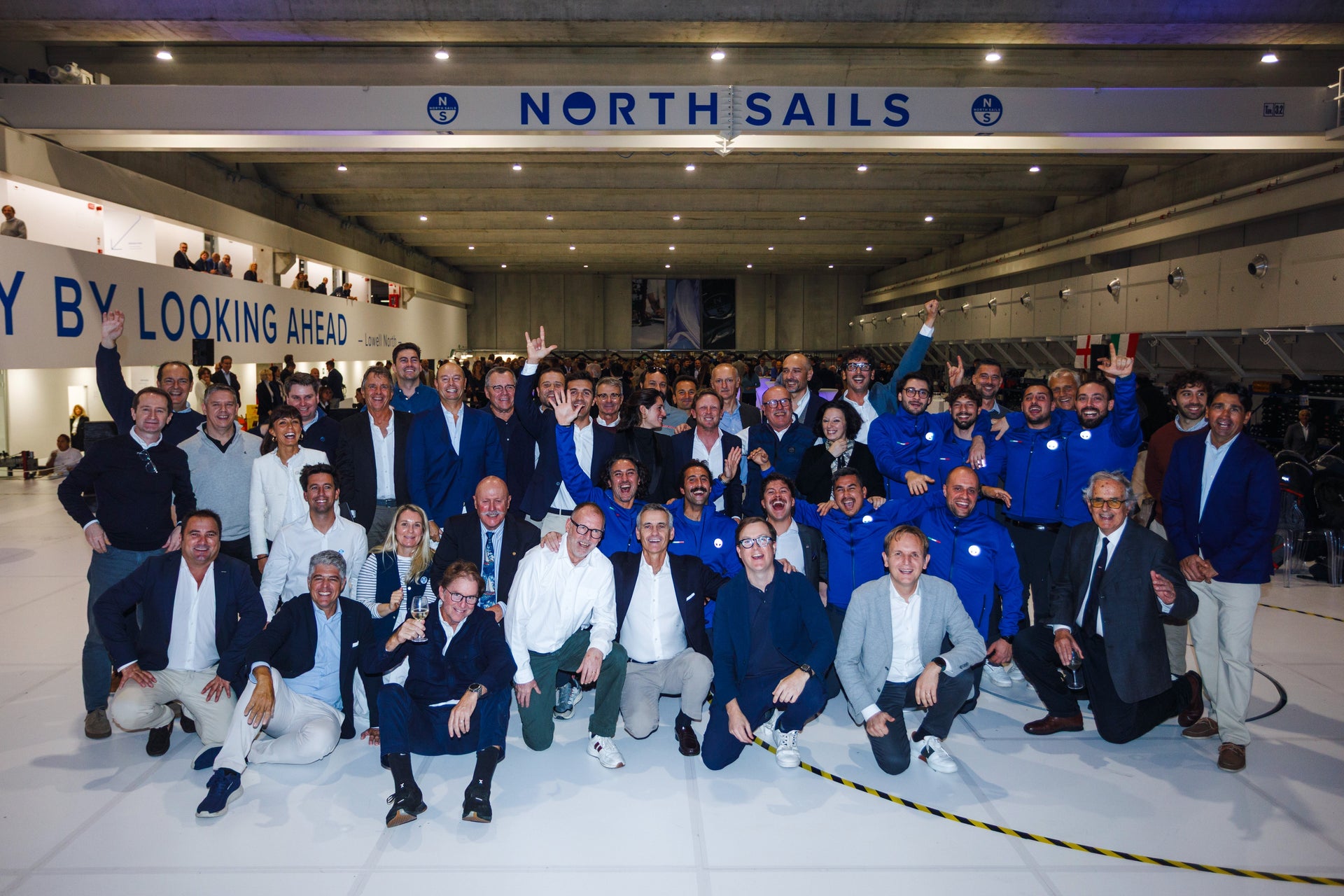ZEKE HOROWITZ'S J70 TIPS TO THE PODIUM
ZEKE’S J70 TIPS TO THE PODIUM
Lessons Learned at the Helly Hansen Sailing World Regatta – Marblehead

As usual, the town of Marblehead pulled out all the stops for competitors to descend upon the quaint New England town for a weekend of racing in multiple one design classes. The J70 class showed up in full force with most of the top American teams including several class World Champions. At stake were two 2 qualification spots for the 2023 Worlds in St. Petersburg (1 open, 1 Corinthian) so the racing was as tight and competitive as ever. As crew for John Heaton on Empeiria, along with teammates Zach Mason and Will Felder, we were fortunate enough to come away with the Championship and a berth in next year’s Worlds. In addition, our North Sails teammates on Smokeshow, skippered by North Sails North American One Design Manager Allan Terhune with Paul Sevigni, North Sails Expert Chris Larson and Dave Hughes finished second, rounding out a weekend to celebrate for North Sails.
Our team was successful at the Helly Hansen Sailing World Regatta Series Marblehead by relying on lessons we’ve learned over the past couple of years. Admittedly part of our success is due to having sailed together for over 2 years and there is really no substitute for being comfortable with and confident in one another – trust that comes with time. However, aside from our team experience, there were past lessons we drew from during this event that helped us stay fast in the wide range of conditions presented. The J70, due to its rig and hull dimensions, is a boat that has a very fine line between being underpowered and overpowered. The conditions in Marblehead exaggerated this characteristic as the wind range was constantly hovering on either side of this fine line. So it was imperative to adjust your sail and body trim to accommodate for either the lack of power or abundance of power since it was rare to have the rig tuned perfectly. Following are some of our tips that should help keep you fast through the transitions in your next race.

Outhaul
The outhaul is one of the controls that’s easiest to ‘set and forget!’ But it’s actually an incredibly important adjustment for your power package. Due to the high aspect ratio (tall and skinny) of the J70 mainsail, the outhaul affects a larger area than it does on a sail with a lower aspect ratio. So a quick ease of the outhaul will put a boost of power into your sail plan to give you something to hike against. Our team has learned to be very diligent with this adjustment when we are transitioning from hiking to bodies in. Zach is our jib trimmer and we try to leave him in the boat the longest so he has a view of the jib as long as possible. If he is in the boat, we leave the outhaul quite loose to power up the main and try to get him hiking. We’re desperate to get him hiking as more righting moment = more speed! At this setting there is probably 6-8 inches between the boom and the foot of the main. As soon as he’s able to get on the rail and start hiking, we pull the outhaul back on to flatten the main and reduce drag. Any time Zach moves in or out of the boat, we make the appropriate outhaul adjustment.
Jib Foot/ Inhaul
How much to inhaul the jib can feel like quite the moving target… and it is. Its important to set the weather sheet in the cleat in a place where the jib trimmer can play it by “banjoing” it on when we need more power and then easing it back when we want to flatten the bottom of the jib and open the leech. When set correctly, this can be done without adjusting the weather sheet in the cleat. Think about your jib lead and inhaul setting similar to how we set the outhaul as described above. In light air or chop, you want more power in the bottom of the jib which means you want more depth in the foot compared to when it’s windy or flat water. A good rule of thumb is to try to get the foot of the jib to contact the cabin house as much as possible to prevent air from jumping through the gap under the foot. If it’s windy, you’ll need to pull the lead back a bit to depower the sail in order to inhaul enough to bring the foot to the cabin house. If it’s light air, you’ll need to push the lead forward a bit in order to provide enough depth in the foot (power) when the foot is along the cabin house. A good range on the jib lead is between 6 – 7.5 holes showing between the front of the car and the forward most factory bolt in the jib track.
Cunningham
The cunningham tends to be neglected just like the outhaul. Most of the time it’s not the most critical adjustment to make but there is a time when it becomes your very best friend. We saw this condition on the second day of racing in Marblehead when the breeze ranged from about 8 knots in the lulls to upwards of 16-18 knots in the puffs. We all know it’s best to set your rig tension for the lulls and do your best to survive the puffs and that’s where the cunningham comes in. For most, if you’re caught with your rig too loose, your first move is to whale on the backstay to depower and keep the headstay tight. But the problem is that without adequate rig tension, the tight backstay will quickly invert or wash out the main sail leaving you with huge overbend wrinkles and that ‘inside out’ look. But your headstay is still unstable making the boat hard to sail. This is when you want to really whale on the cunningham. To be clear, I don’t mean to just take those luff wrinkles out, I mean WHALE on it! Loads of cunningham tension pulls the draft of the main forward, putting some shape back into the sail (un-inverting it). This then allows you to pull even more backstay on to control the headstay. Your leeward shrouds will be doing basketball sized loops – blowing in the wind, but your headstay will be controlled and you’ll still have shape in your mainsail – albeit a flat shape. Will sits all the way forward going upwind and he keeps the cunningham in his hand. If we hit a light spot, he eases the cunningham as I ease the backstay to power up the rig and then as the next puff hits, he trims it on as I trim on the backstay. Keep your eye on the inversion wrinkle that comes out of the clew and goes up to the inboard end of the bottom batten. When overpowered, you want to see this wrinkle only and use the cunningham to eliminate the wrinkles below/forward of it. More cunningham = ability to pull more backstay = more controlled headstay = FAST!

Weight Placement
The J70 likes to have the crew weight forward going upwind. In fact, in light air it’s difficult to get forward enough. Some teams have experimented with sending their forward-most crew just in front of the shrouds and it seems to be pretty quick when the breeze is very soft. It’s also important to know that fore/aft weight placement can help the boat with moding. All other things equal, pushing weight forward tells the boat to point while moving weight aft helps with a bow down mode. In light air, it’s also important to think about body drag through the air. Try to hide the bodies from the wind as much as possible by tucking up to the cabin house or to your teammate in front of you. Also think about how you can position your body to be as aerodynamic and small as possible. Instead of facing forward with your shoulders square to the breeze, scoot forward and rotate your shoulders so they’re more in line with the wind direction. Sounds insignificant but reducing drag is the name of the game,
It seems like no matter how much we learn in the J70, we’ve never learned enough. It’s important to always be thinking critically and creatively about how to get faster. Keep the learning curve steep and watch your results improve! For more in depth information or for any specific questions, don’t hesitate to reach out to your J70 class North experts.
Contact your North Sails J70 North American Experts here:
ZEKE HOROWITZ ALLAN TERHUNE ALEX CURTISS

